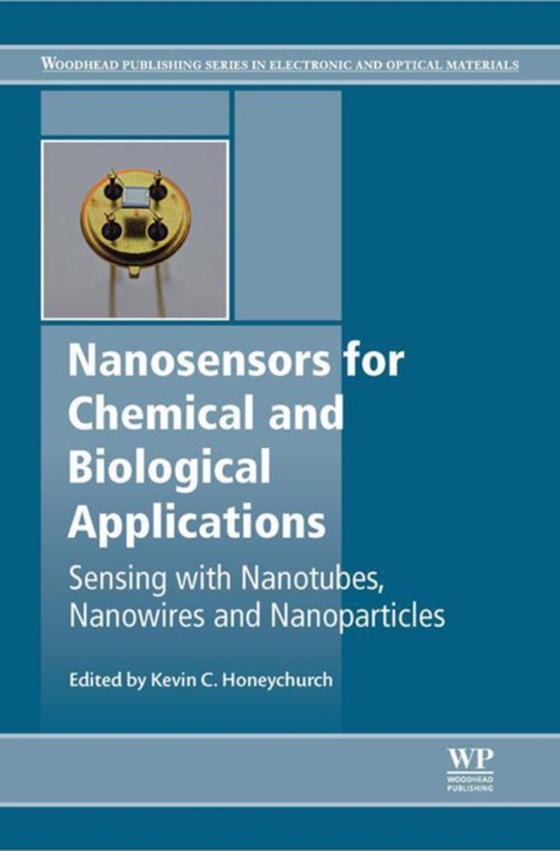
Nanosensors for Chemical and Biological Applications e-bog
1313,81 DKK
(inkl. moms 1642,26 DKK)
Nano-scale materials are proving attractive for a new generation of devices, due to their unique properties. They are used to create fast-responding sensors with good sensitivity and selectivity for the detection of chemical species and biological agents. Nanosensors for Chemical and Biological Applications provides an overview of developments brought about by the application of nanotechnology ...
E-bog
1313,81 DKK
Forlag
Woodhead Publishing
Udgivet
28 februar 2014
Længde
372 sider
Genrer
PSB
Sprog
English
Format
pdf
Beskyttelse
LCP
ISBN
9780857096722
Nano-scale materials are proving attractive for a new generation of devices, due to their unique properties. They are used to create fast-responding sensors with good sensitivity and selectivity for the detection of chemical species and biological agents. Nanosensors for Chemical and Biological Applications provides an overview of developments brought about by the application of nanotechnology for both chemical and biological sensor development. Part one addresses electrochemical nanosensors and their applications for enhanced biomedical sensing, including blood glucose and trace metal ion analysis. Part two goes on to discuss spectrographic nanosensors, with chapters on the use of nanoparticle sensors for biochemical and environmental sensing and other techniques for detecting nanoparticles in the environment. Nanosensors for Chemical and Biological Applications serves as a standard reference for R&D managers in a range of industrial sectors, including nanotechnology, electronics, biotechnology, magnetic and optical materials, and sensors technology, as well as researchers and academics with an interest in these fields. Reviews the range electrochemical nanosensors, including the use of carbon nanotubes, glucose nanosensors, chemiresistor sensors using metal oxides, and nanoparticles Discusses spectrographic nanosensors, such as surface-enhanced Raman scattering (SERS) nanoparticle sensors, the use of coated gold nanoparticles, and semiconductor quantum dots
 Dansk
Dansk

